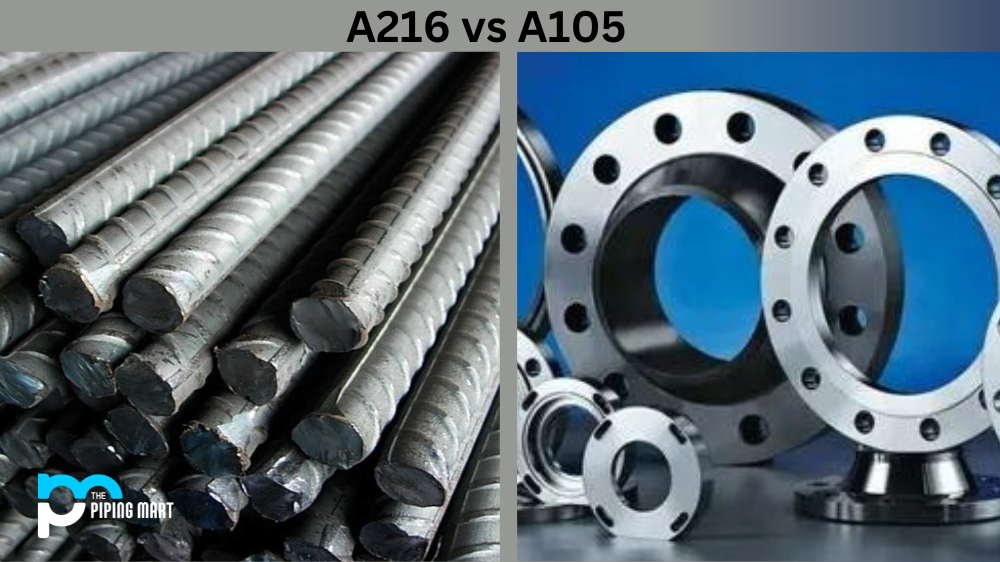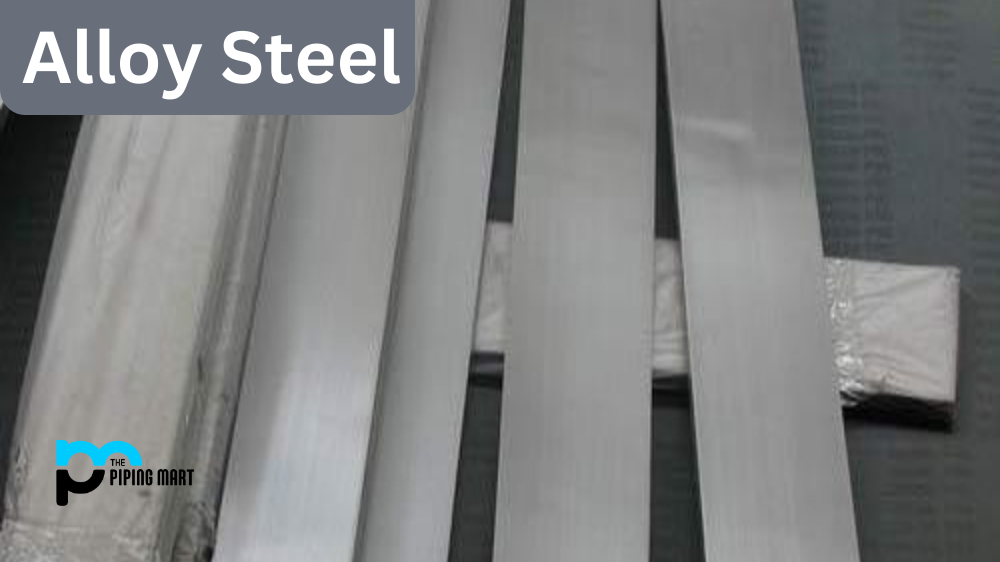Copper is a versatile and essential metal that is widely used in industries across the globe. From electrical wiring to plumbing fixtures and beyond, copper products are critical to our daily lives. But did you know that different types of copper are used for different applications? This blog post will discuss the differences between Copper C101 and C103 and when each type is used.
What is Copper C101?
Copper C101, or Oxygen-Free Electronic (OFE) copper, is a pure copper form containing less than 0.003% oxygen. This makes it an excellent conductor of heat and electricity, making it an ideal choice for electrical wiring, conductors, and electronic components. OFE copper is also highly malleable, making it easy to work with and shape into various forms.
What is Copper C103?
On the other hand, Copper C103 is a phosphorus-deoxidised copper that contains small amounts of phosphorus and copper. It is less conductive than C101 copper but has superior strength and corrosion resistance. C103 is commonly used in marine applications, plumbing and heating systems, and other applications that require high strength and corrosion resistance.
Difference Between Copper C101 and C103
When choosing between Copper C101 and C103, it is essential to consider the specific requirements of your application. For example, if you are looking for a metal that offers excellent electrical conductivity and is easy to work with, C101 copper is the best choice. If you need a material that offers superior strength and corrosion resistance, C103 copper is a better option.
It is also important to note that while C101 copper has better electrical conductivity than C103, the difference in conductivity is relatively small and may not matter for some applications. C103 may be a better choice as it is less prone to cracking than C101 copper.
Another factor to consider is the cost. C103 copper is typically more expensive than C101 copper due to its superior properties. However, the cost difference may need to be more significant to warrant choosing C101 over C103, especially if your application requires the extra strength and corrosion resistance offered by C103.
Chemical Composition
Copper C101 and C103 both have a chemical composition of 99.9% copper. The remaining 0.1% is made up of impurities such as iron, zinc, and nickel.
Physical Properties
Copper C101 is a soft metal with a density of 8.96 g/cm3. It has a melting point of 1083°C and a boiling point of 2562°C. Copper C103 is a harder metal with a density of 8.89 g/cm3. It has a melting point of 1085°C and a boiling point of 2567°C.
Uses
Copper C101 is typically used for electrical applications, as it is a good conductor of electricity. Copper C103 is typically used for plumbing applications, as it is more resistant to corrosion than C101.
Pricing
Copper C101 is typically less expensive than C103 due to its lower melting point and softer composition. This makes it easier to work with and less expensive to produce.
Availability
Copper C101 is more widely available than C103 as it is the most commonly used type of copper for electrical applications.
Conclusion
In conclusion, Copper C101 and C103 are two copper types widely used in various industries across the globe. While C101 offers superior electrical conductivity and is easy to work with, C103 offers exceptional strength and corrosion resistance. When choosing between the two, it is essential to consider the specific requirements of your application and choose the type of copper that best suits your needs.

Hey, I’m Krutik, a casual blogger expert in the metal industry. I am passionate about providing valuable information to my readers. With a background in engineering and construction, I like playing Cricket & watching Netflix shows in my free time. Thank you for visiting my blog, and I hope you find my information helpful!




